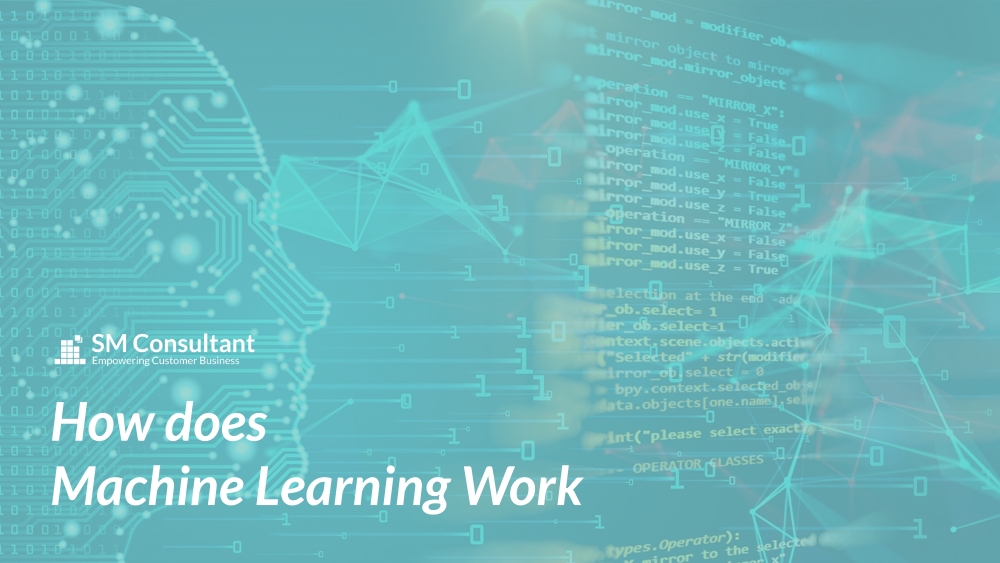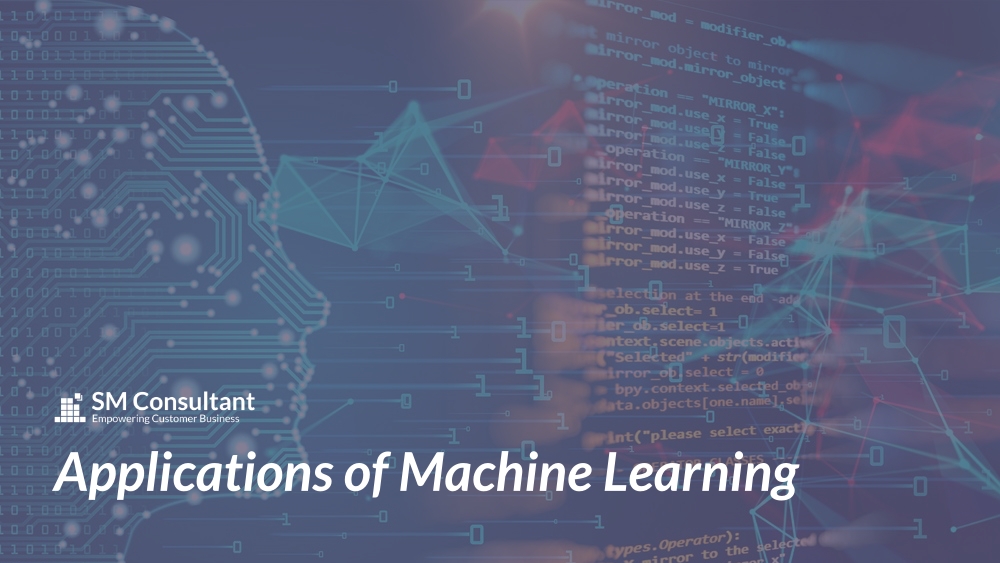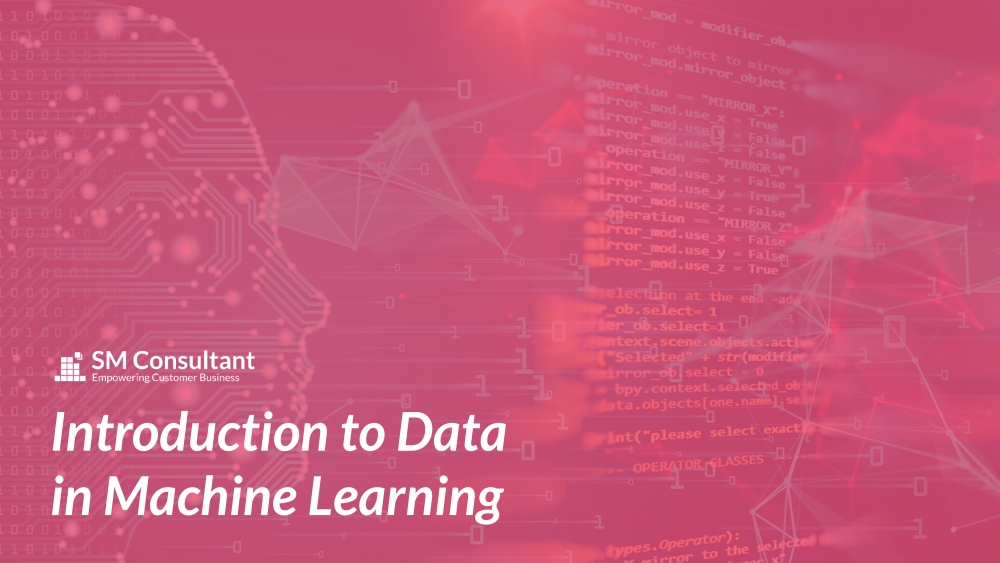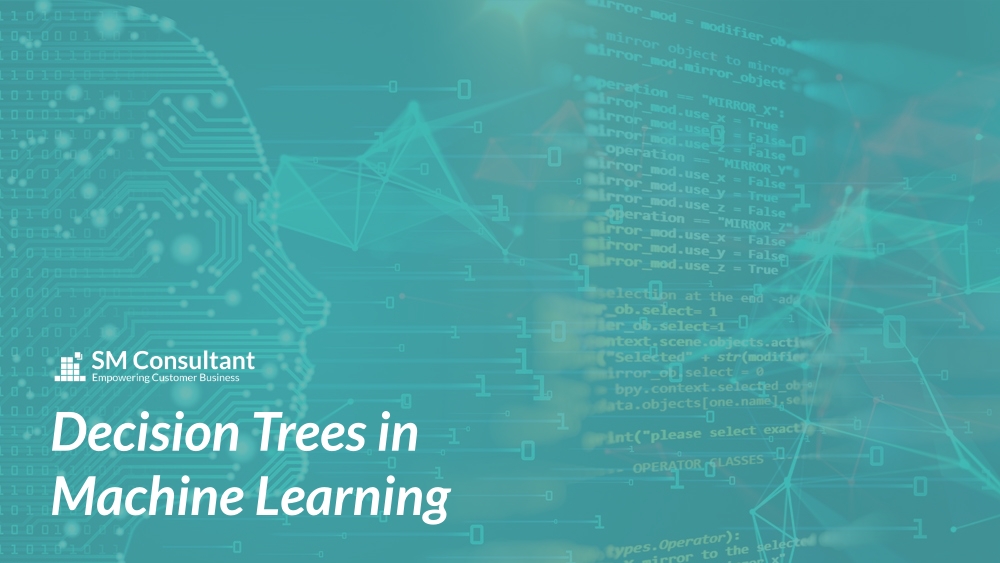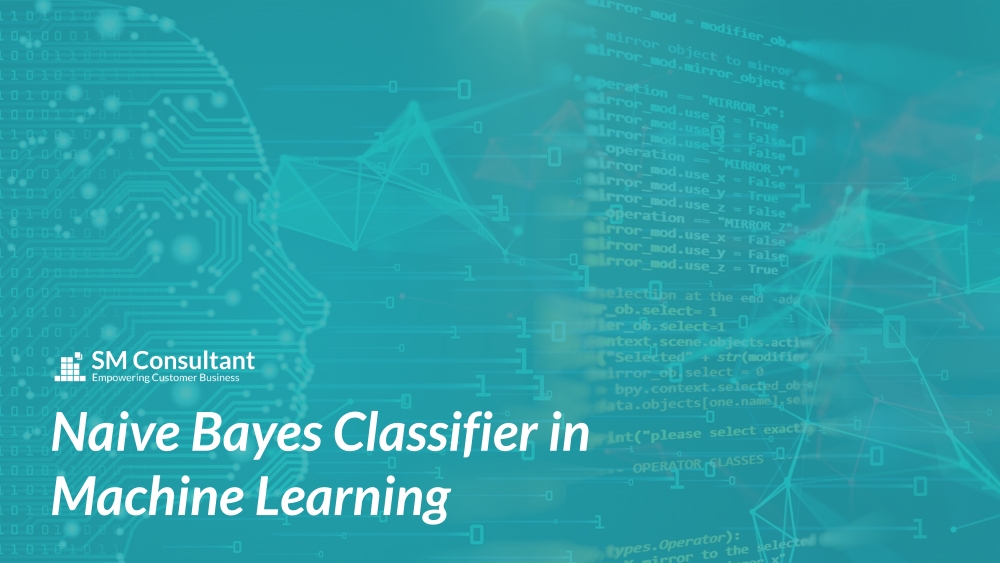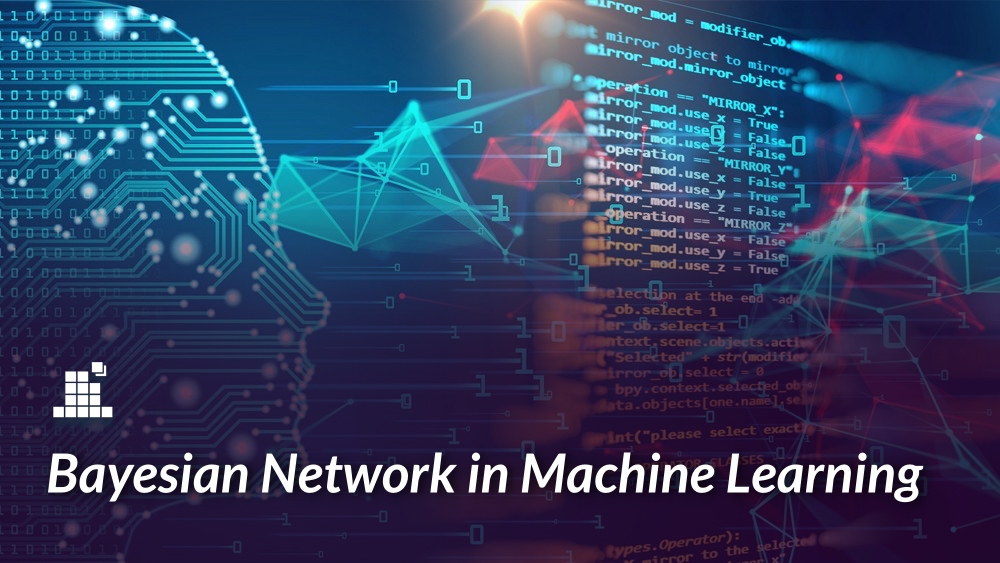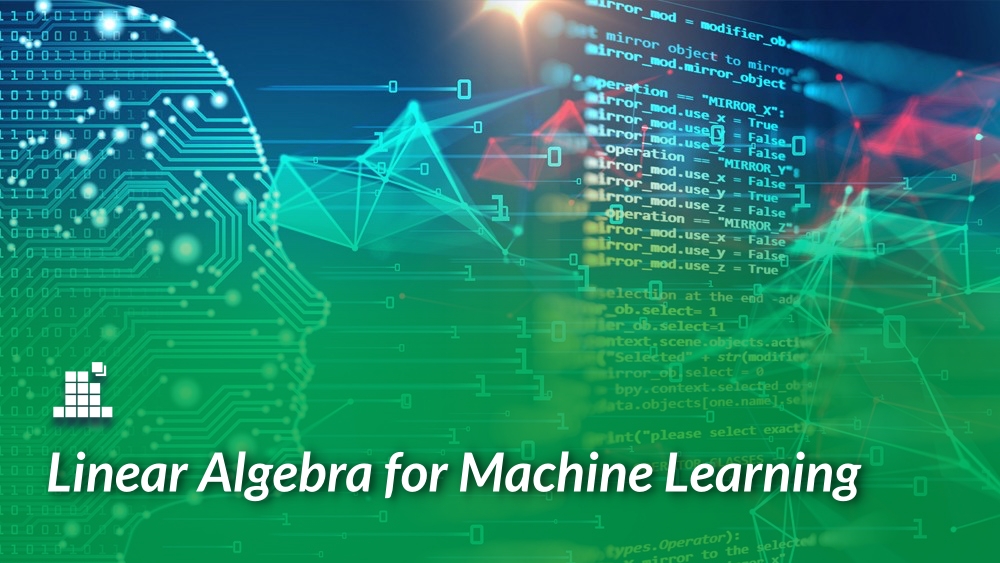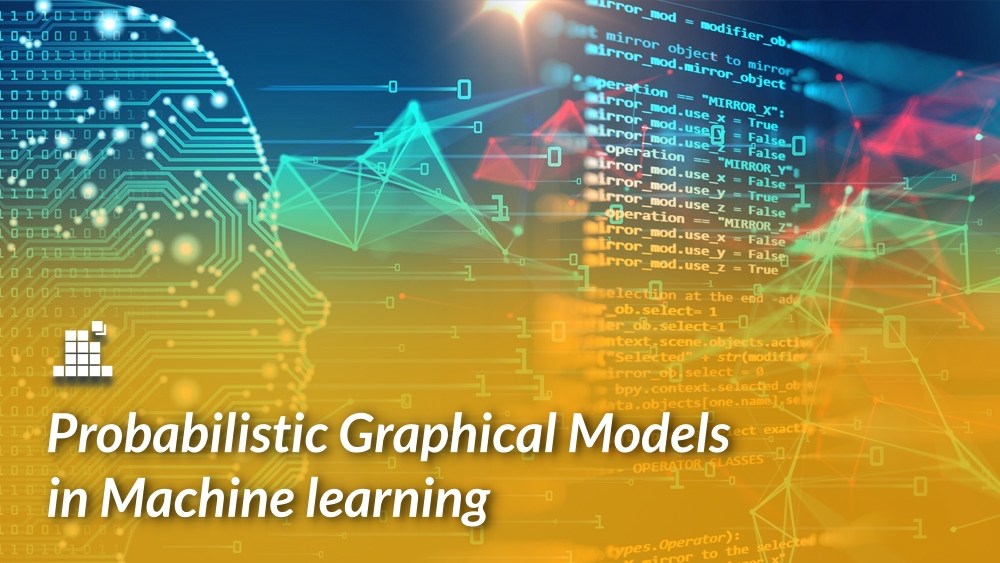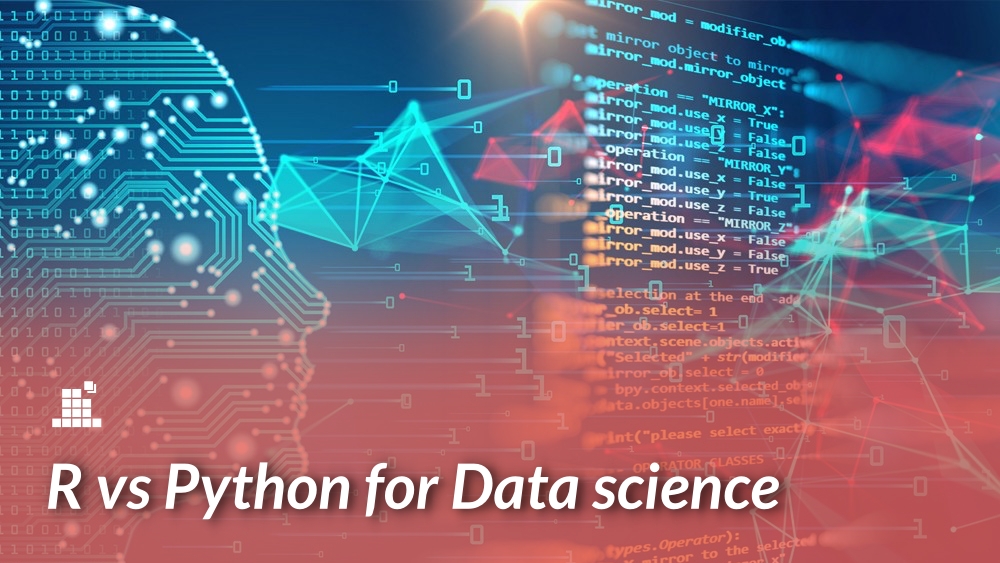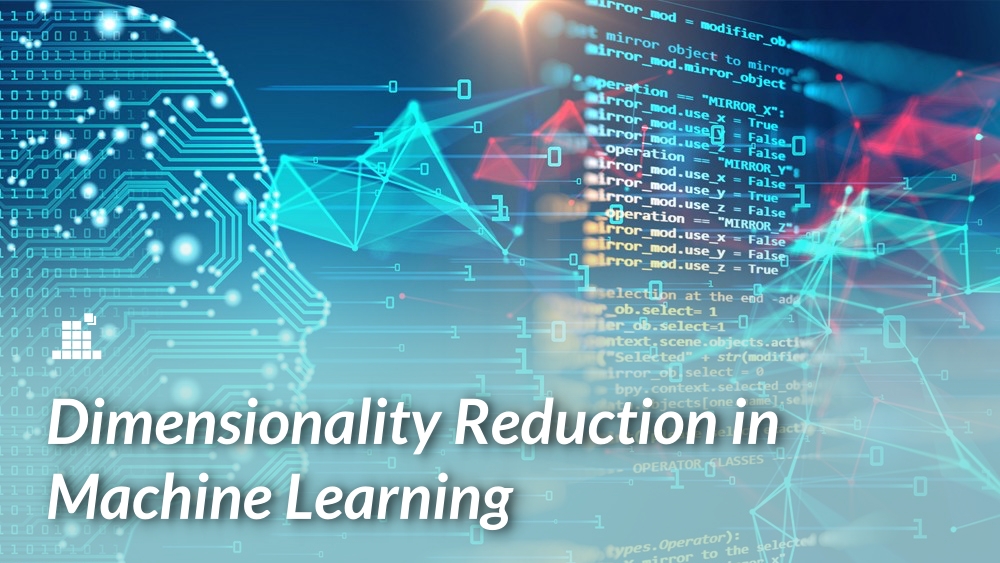How does Machine Learning work
Introduction Machine Learning is a technique of converting raw information into valuable knowledge. Machine learning algorithms employ historical data as input and speculate output values. These grant devices the potential to learn from their experiences and boost without any operation of coding. For Instance, when you shop from any online website, it gives recommendations according to your preferences. Machine Learning is used in our daily life which includes fraud detection, spam filtering, malware threat detection, and many more. While machine
